Jewels of the Earth - Page 3
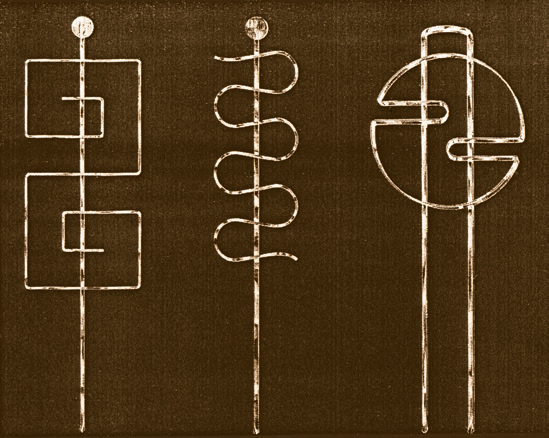 |
|
|
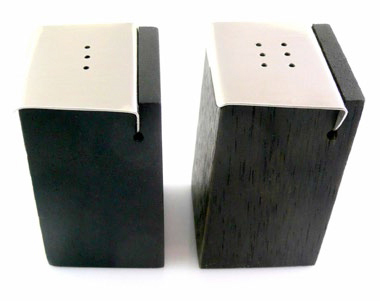 |
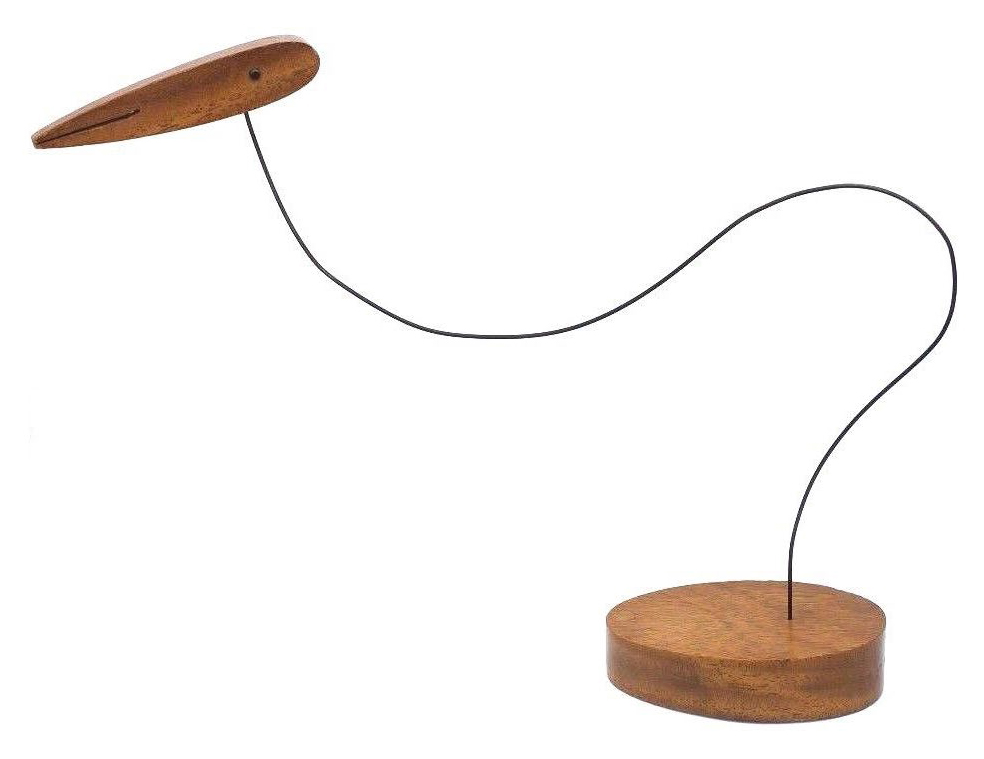 |
|
|
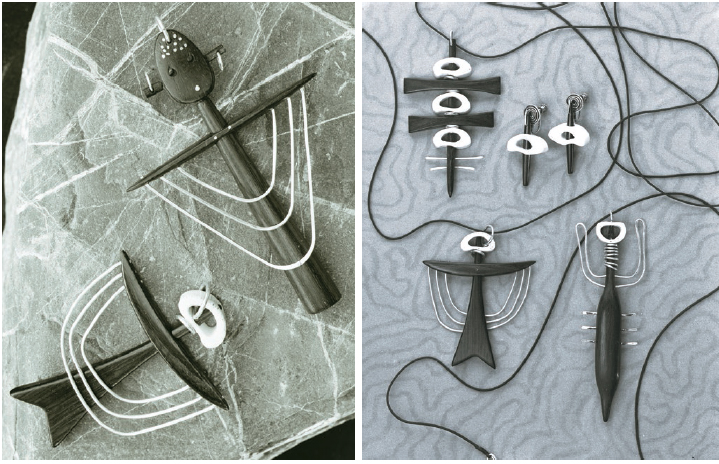 |
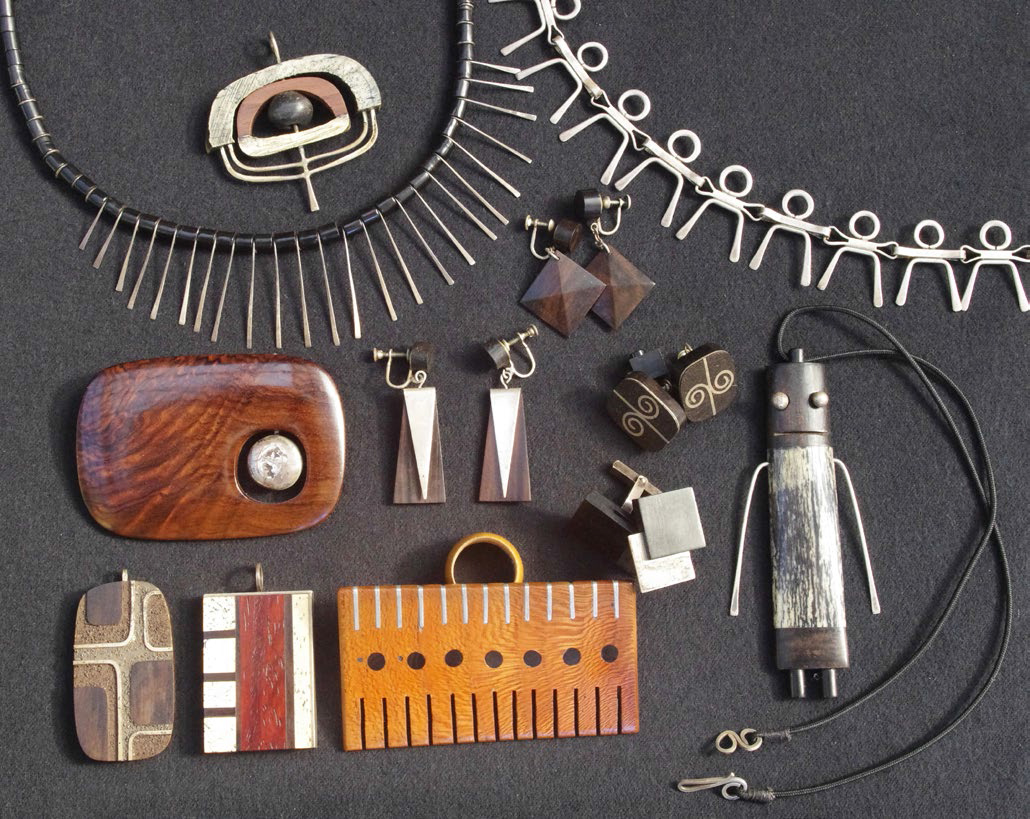 |
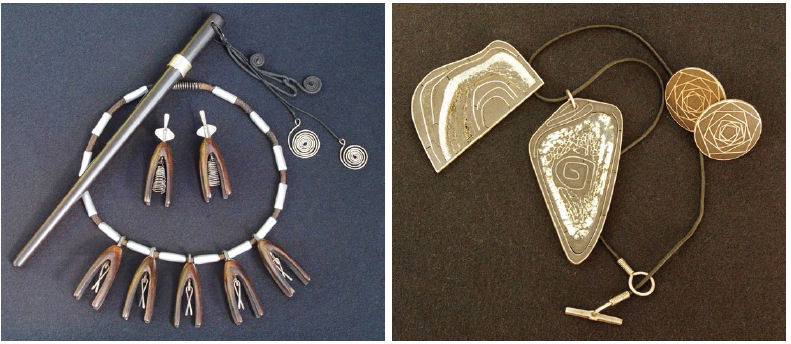 |
|
|
As an imaginative graphic designer, with a linear style indebted to Surrealism but a look all its own, he designed exhibit catalogues for the Legion of Honor, the School of Fine Arts, and other institutions.
And with Ruth Gerth and photographer Leo Holub, Cavagnaro founded the firm Design Development Inc., for which Milt was 'prime member,' Holub said in an oral history.
The firm, which aimed to provide product, graphic, and industrial design services, and to produce products on its own, made a splash in San Francisco by helping gentrify a section of Telegraph Hill "known for its backstep laundries, exotic kitchen smells, tumble-down shacks," local columnist Dorothy Walker wrote.
The firm turned a "ramshackle" house at 45 Castle Street into a modern, two-story design studio.
One of Milt's products for the firm was the 'trelliform,' "designed to be used as trellises for indoor vines, as supports for delicate plants, or as accessories for flower arrangements," the firm wrote.
By the early 1950s, with commercial design and teaching in the past, Milt was doing well as a jeweler. He was working mostly with low-cost materials—"bone, hard woods like ebony and teak, silver, brass, bronze, stainless steel, melted glass, sand, glue, sawdust, dies and stains," Milt's grandson, Pippin Cavagnaro, says.
"The materials were inexpensive because he was poor." However, Milt did at times use gold.
"I recall a constant string of bones from our dinners—lamb shanks, pieces of rib from pot roasts—being buried in the yard and eventually cleaned, cut into appropriate pieces, often impregnated with black dye to bring out pattern, and turned into his most charismatic earrings, pendants, and necklaces," David says.
"They were about the visual shapes, that's where the art form was," Pippin says. "He didn't make fine jewelry with pearls or diamonds. It was more about the visual and tactile feeling."
The mass-production goods were overseen by Milt but built mostly by high school shop students under his direction, Milt told Steve Cabella.
Back then the nation was dotted with high-end shops that specialized in design—Fraser's in Berkeley, Van Keppel Green in Los Angeles, Gump's in San Francisco. All did well with Cavagnaro's jewelry and household goods, which included cutting boards and wooden baskets.
Shops in Denver, Syracuse, Atlanta, Contemporary Trend in Oklahoma City, Bloomingdale's in New York all carried his wares. KPIX-TV in 1953 even presented a half hour 'Discovery' program showing Milt making his jewelry.
The Cavagnaros' house, in what was then a low-income neighborhood on the way to Stinson Beach, attracted many of Milt and Mayreece's friends, including photographer Imogen Cunningham, ceramicist Edith Heath, painter Jean Varda, and Ernie Braun, who besides being Joe Eichler's photographer was an accomplished nature photographer and a very close friend.
David remembers Ansel and Virginia Adams stopping by, with Ansel playing the piano, his first love. Ansel and Milt were united by their love of nature.
But life was hard, David remembers. "We were always dirt poor," he says. "We never had new clothes or anything else. The kids never went wanting, but our clothes were second hand."




